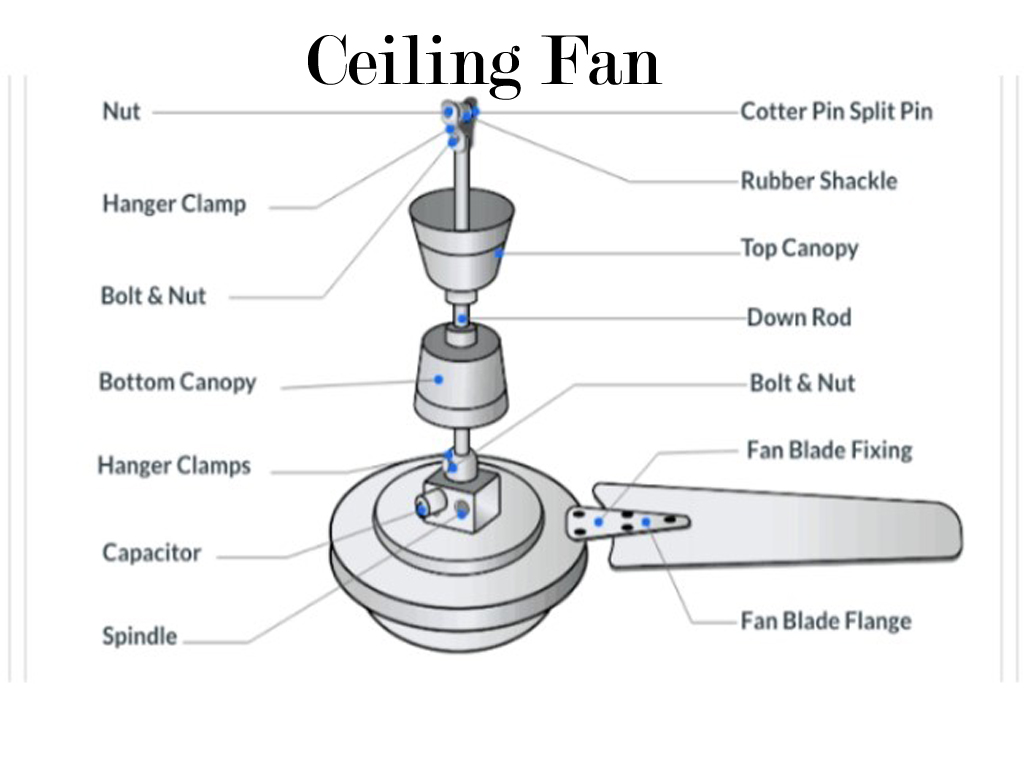Why a Battery Needs Water ?
It is important to understand why an industrial motive power traction battery used in electric material handling equipment needs watering, when and how it should be watered, what proper watering means to the battery and what advantages the Water Miser Battery Cap offers over other alternatives. A battery, especially lead-acid batteries (used in vehicles and backup power systems), needs water for a very important reason:
Electrolysis and the Gassing Process
One of the main processes responsible for both the loss of electrolyte level as well as the loss of electrolyte itself is electrolysis. Electrolysis results from an electrical current being passed through a medium, in this case the electrolyte, creating a chemical change. This chemical change, in turn causes a battery to “Gas”. so Battery Needs Water
Gassing of industrial lead-acid motive power traction batteries is basically a function of, and directly related to, voltage and the unused portion of current being supplied by the charging equipment and subsequently not being utilized by the cell(s) via the positive and negative plates. This electrical disassociation or decomposition of the electrolyte into hydrogen and oxygen is a direct result of the surplus charging current.
Gassing generally begins, when the voltage of the cell(s) reaches approximately 2.3 volts. During this early stage, the gas is composed of nearly equal parts of oxygen and hydrogen. As the charging progresses, and the voltage rises to 2.5 volts per cell, the gas now will have a ratio of two (2) parts hydrogen and one (1) part oxygen.
As the battery gasses during the charging cycle, as previously mentioned, two basic factors are involved in the loss of electrolyte level within the battery cell(s)
- Through the electrolysis process, hydrogen and oxygen are being evolved as gasses at the expense of the electrolyte and pass into the immediate and surrounding atmosphere – thus lowering the electrolyte level.
- As the gasses are released, they become the vehicle for transporting millions of microscopic electrolyte (Sulphuric Acid) droplets from within the cell(s), through the vent-caps, and into the surrounding atmosphere and workplace – again, adding to the depletion of the actual electrolyte and lower levels within the cell(s), so Battery Needs Water , Battery Needs Water .
Note on Explosions –
It is extremely important to note that during the recombination of hydrogen and oxygen, this intermediary gas is extremely flammable. It must be noted that any open flame or spark, regardless of how it is generated, can be the catalyst to trigger an explosion.
For this reason, open flames of any kind in a location where batteries are being charged, should not be permissible, and sufficient ventilation should be in place to assure that the hydrogen level remains well below four percent (4%)
Other Factors Effecting Water (Electrolyte) Loss
There are a number of other factors that directly affect electrolyte level loss through heat related evaporation. Some of these are controllable, others are not. The following is a list of six key factors that contribute to electrolyte level loss:
- Evaporation from Internally Generated Heat – Internal Heat is generated and rises slowly throughout the normal discharge of the battery during the required work cycle – this has to be accepted. so Battery Needs Water
- The Work Load – Directly affects the amount of heat generated. Light loads, short runs and frequent periods of inactivity will be responsible for less heat buildup than heavy loads, long runs, high vertical lifts and constant activity. The temperature rise will be greater as the rate of discharge is increased. so Battery Needs Water
- Ambient Temperatures – as well as seasonal climactic heat variances greatly affect the battery’s internal heat buildup -a cooler operating environment, applicable also to the charging station location, definitely will be a controlling factor in restricting elevated temperatures. so Battery Needs Water
- Unavoidable Heat – is generated as a result of the charging cycle – the greatest increase is towards the end of the cycle, and never should the internal temperature exceed 115 degrees Fahrenheit. When a critical temperature in the area of 120 degrees Fahrenheit is reached, the charging current becomes unstable and may at times rise out of control to the detriment of both battery and charging equipment. so Battery Needs Water
- Mismatched Batteries and Charging Equipment – Mismatched battery and charging equipment regulation can certainly be responsible for contributing to elevated temperatures. so Battery Needs Water
- Use of Batteries During Multiple Worker Shifts -Use of batteries, without a sufficient cool-down period can place batteries in a potential temperature danger zone. The heat generated during the charge cycle immediately following the termination of the eight hour work/shift cycle will in most instances elevate internal battery temperatures to an unacceptable level.so Battery Needs Water
What kind of water to use ?
It’s crucial to use distilled, deionized, or demineralized water when topping up a lead-acid battery. Never use tap water. Tap water contains minerals and impurities that can react with the battery’s chemicals, accumulate on the plates, and reduce the battery’s efficiency and lifespan.
What Happens If You Don’t Add Water?
Battery overheats
Shortened lifespan
Lower charge capacity
Eventually, battery failure
How Often Should Water Be Added?
Typically, check once a month for deep-cycle batteries.
Add water only after charging the battery (unless plates are exposed).
Important Note:
Not all batteries require water. Sealed lead-acid batteries (like AGM – Absorbed Glass Mat, and Gel batteries) are designed to be maintenance-free and do not require water top-ups because they are engineered to minimize water loss (by recombining the hydrogen and oxygen gases internally) and are sealed to prevent their escape. Lithium-ion batteries also do not require water.

